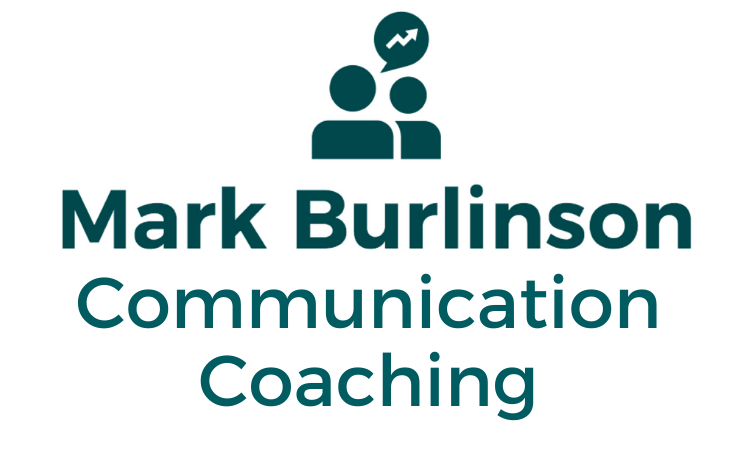Is your communication dysfunctional?
Three warning signs:
You communicate predominantly in your preferred style.
You dismiss those who differ.
You see distress as a reason to disconnect rather than an invitation to help.
Dysfunctional communication is far more prevalent than we realize. Sadly, it often goes unrecognized, even though the consequences are easy to see: lack of genuine connection, ineffective teamwork, relational conflicts, lost sales, customer service issues, and more.
In this short article, I want to give you three signs of dysfunction as a mirror for you to reflect on your communication. We’ll also look at three solutions to those problems.
1) You communicate predominantly in your preferred style.
We all communicate easily in our preferred style. Your primary Life Language is fundamental to your self-awareness and the most accessible place to start. But it is a fatal mistake to see yourself as one language. You speak all seven at least every week, likely every day. If you use your primary language in every interaction, you will fail to communicate more often than you succeed. And others will not be the only ones suffering; you will also find frustration in not having your needs met, at least in the other six languages that make up your communication profile. Those who know the Life Languages may guess I’m taking aim at the Mover here, but you’d be mistaken. Each of the seven languages can make the mistake of not bridging to connect and be understood. The Contemplator may stay at a disinterested distance; the Responder may only focus on the most obvious need, ignoring the bigger picture; the Shaper may eliminate relationship by focusing on the plan, and so on.The solution is twofold: first, learn to ask (and answer) the question “Which language are we speaking?” in each interaction. And second, grow your knowledge of the Life Languages to a point where you can bridge effectively into that language, no matter where it sits in your profile.
2) You dismiss those who differ.
Just as my primary Life Language can dominate my interactions with others, I can also dismiss those who differ from me. Dismissing is a danger for any language. Often in coaching, I find settings where two people with very different profiles overlook each other’s strengths and passions to the detriment of their interaction. If the Doer language is low in your profile, it will be a challenge to accept someone who lives by lists and sees every practical need with great clarity. Conversely, if you score high in the Contemplator language, those around you who care less for inquiry and philosophy are easy to dismiss and reject. Similar patterns apply to each of the seven.
This tendency is solved by seeing the value of differences and working to make those differences into strengths. None of us is complete alone. That is why communication is central to human existence and flourishing. Everyone has something unique to offer, whether in a relationship or a team. It is no coincidence that community and communication share the same root.
3) You see distress as a reason to disconnect rather than an invitation to help.
Distress in communication is an epidemic today, exacerbated by shallow connectedness fostered by social media and a growing intolerance for diversity and disagreement. Distress results when I do not hear the answer to the filter question of my language or my need from others is not met, as well as when my driving passion and key character strengths are not welcomed or accepted. Both our previous dysfunctions contribute to increased communication distress. Sadly, too many people view communication distress in someone else as a reason to disconnect when it is an invitation to help. When I lead Life Languages workshops, I explain distress with the analogy of the gas pump warning light on your car’s dash (EV owners excepted). When the light comes on, the tank is low and needs refilling. There’s only a problem if I ignore the warning! Regrettably, distress flares are ignored in communication, ensuring the incorrect outcome!
The solution here is to reframe distress as an invitation to help. Suppose you can identify which language is in distress. In that case, you can answer the relevant filter question, seek to meet the unmet need, then validate the strengths and passions this person brings through that particular language.
As we learn to identify each language, bridge into that language when needed, accept differences and mold them into strengths, and use distress as an opportunity to help, then communication returns to a healthy state, and we all benefit.
Let me know which of these scenarios you recognize in your situation!

